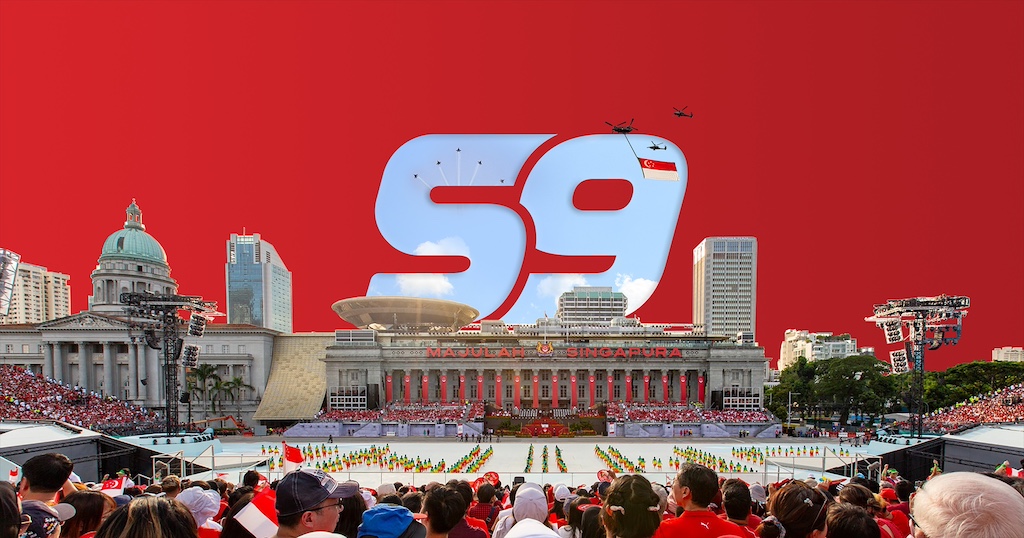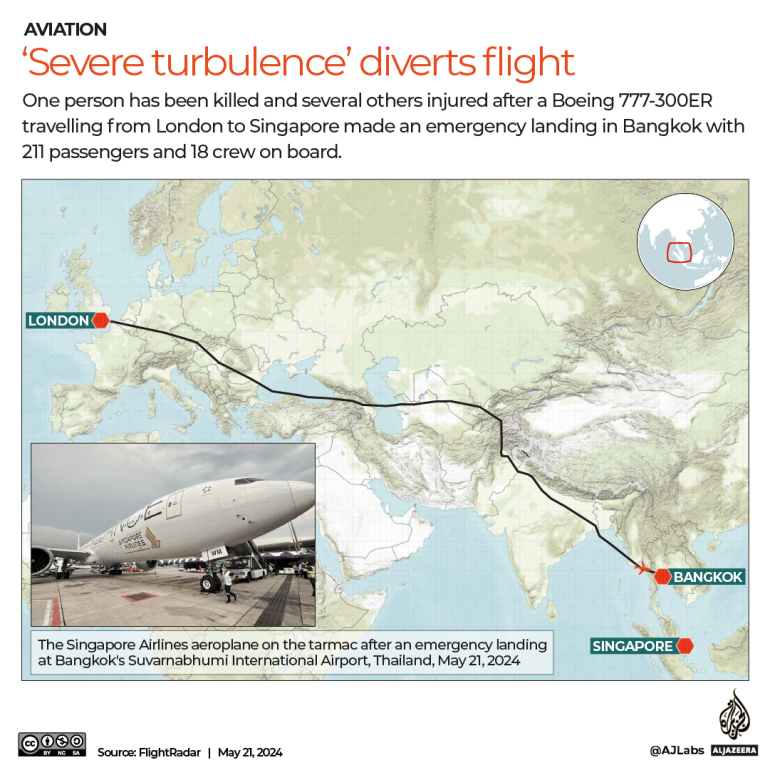Singapore is not exactly the biggest country in the world, only having a total land area of 724.2 square kilometers. Unlike in other places where they have the luxury of space, Singapore has little room for mistakes. Every part of the island must be carefully planned to ensure and maximise the use of space. What Singapore cannot boast in terms of land area it compensates for by being smart.
A clever disposition
Singapore is known for its wise use of the highly limited space, allowing it to be established as one of the most successful and developed countries in the world today.
Among the steps Singapore has taken to maximize the amount of available space is the creation of an efficient waste management system.
Landfills can easily expand and occupy precious land area. It is important for Singapore to keep their waste in check at all times.
In 2017, Singapore produced 8, 443 tonnes of solid waste each day. That’s a lot, equivalent to the weight of about 5,600 cars, according to The Straits Times.
How is Singapore not filled with rubbish, where does it all go? It is almost like a riddle. Now, it is time that we find out the answer.
Singapore’s waste management system
Once the rubbish is collected, portions of it will go on different journeys. The first of which is recycling.
Dedicated recycling trucks are deployed to gather recyclables and bring them to materials recovery facilities where they are sorted. Then, these are transported to recycling plants here and overseas where they are repurposed. The Strait Times states that the overall recycling rate of Singapore is about 61%.
The non-recyclable rubbish needs to be processed differently. In Singapore, incineration is the chosen method of dealing with this kind of rubbish.
Singapore’s incineration plants adopt a waste-to-energy (WTE) system. This means that electricity is produced in the incineration process. Here’s a typical process diagram of a WTE system:
Now that looks a bit complicated. Let’s simplify things a bit.
During the incineration process, steam is produced. This steam turns turbines which in turn generates electricity. This is the energy conversion process.
But what about all the smoke produced during incineration? Wouldn’t that add to the already massive volumes of emission in our atmosphere?
Worry not, the incineration plants are also equipped with filtration systems which remove pollutants from the smoke produced. This way, all that comes out of the incineration plants is clean air.
Lastly, there is ash from the incineration which needs to be disposed off. All the ash is collected and transported to the Semakau landfill, Singapore’s sole, offshore landfill.

The catch
While all seems to be good, there’s a catch: not all non-recyclables can be incinerated. This is why Singapore still produces waste. This is also why Singapore expects the Semakau landfill to hit full capacity by as early as 2035.
There are several solutions to this problem in landfill space:
- The most straightforward one of course is to find another landfill space
- Think about ways to reuse the ash produced by the incineration facilities to further bring down the waste produced by Singapore
- Adjust consumer items so that all materials used in production are either recyclable or incinerable
All of these things will take careful planning and long time spans to actualize.
In our end, we can also do our part to help. We should aim to reuse or recycle as much of the things we use in our everyday lives as possible. A reduced, mindful consumption will also go a long way.











